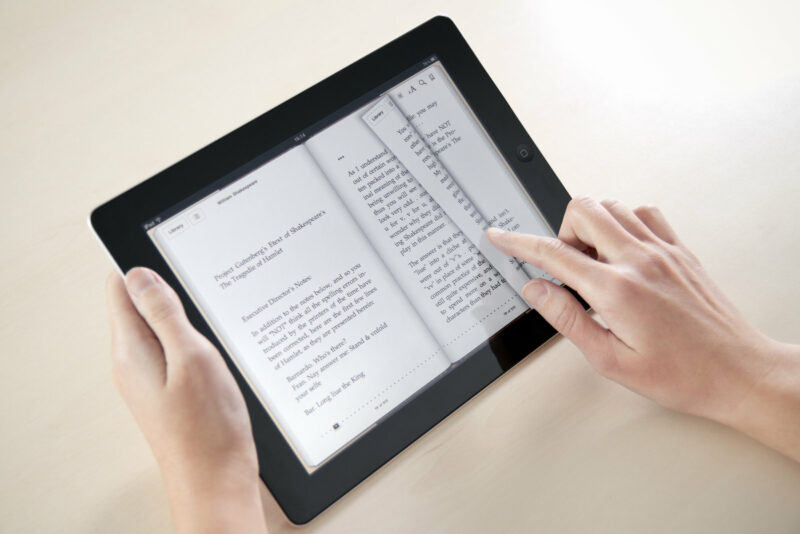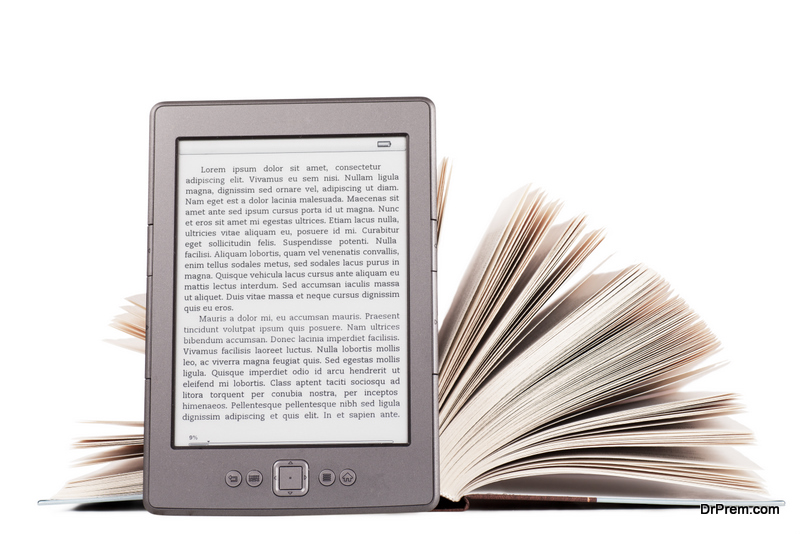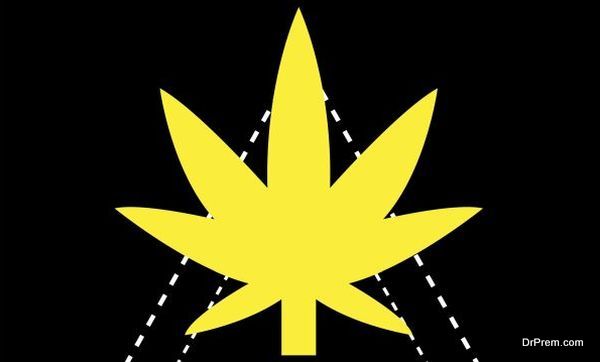Reading books has always been a hobby that satisfies the mind and soul. Books allow readers to travel from the present world without lifting their feet. With so many genres and stories to tell, reading is a part of life that isn’t going anywhere.
However, there is still one question mark around this widespread habit – how much environmental impact do books have? Specifically, which is more eco-friendly: Paper Books or E-Readers?
Today, we finally look at both ways of reading a book and how they impact the environment. Should you switch from paperbacks to e-books, or are you better off sticking to hardcovers? Read on to find out.

Paperbacks or E-books: What’s the Best Option in the Future?
Let’s start with the short version of the answer you’re looking for. Digital books such as E-Readers help save trees cut down to produce books. However, they leave behind toxic wastes when those digital devices become unusable.
On the other hand, paper books are renewable materials, so waste is minimized, but producing them in large quantities increases the carbon footprint.
While you may decide to use the summary above to make your decision, you’ll need more than that to make the right choice, so why don’t we take a deeper look at how these two materials score in terms of their eco-friendly nature?
Understanding the Demands of Paper Books

We begin with the original way people read books, through good, old-fashioned paperbacks filled with ink and fused with binding glue. Whether a college textbook or a fictional novel, you can benefit from a solid copy.
But this comes with a cost, with the biggest price to pay being the numerous trees cut down to produce books. Remember that trees from forests are crucial parts of the ecosystem due to the many functions they perform.
Essentially, trees help produce cleaner air, rid the environment of carbon dioxide by utilizing and storing it, and also, importantly, support wildlife. So, what do you think happens when a bulk of those trees are chopped up to produce the paper needed for your books?
In addition, the printing process for paper books requires a lot of energy and results in greenhouse emissions that further highlight the impact of printed media on the environment.
Books also need chemical agents to stay sturdy, including binding materials, and a lot of ink is used to print the content of books, leading to more toxic waste. That also brings us to the printers used, such as ink-jet and thermal printers, each with their high energy consumption rate.
The next considerable factor is the volume of books produced annually. With hundreds of millions of books printed globally, you can’t deny that printed media takes a toll on the environment.
On the bright side, paper books are made from renewable materials, so they’re recycled at the end of their life cycle. Folks can also extend the lifespan of their books by reselling them.
For example, students and novel enthusiasts can buy used books online, saving money. Doing so makes book product lifecycle longer, and chalks off a significant amount of waste caused by books. It also minimizes book industry overall environmental impact thanks to the reduced need for virgin tree fiber.
How Do E-Books Impact Carbon Footprint?

The immediate impression digital books give is one of positive environmental impact.
Trees don’t need to be cut down, chemicals, including binding glue, don’t need to be produced, ink isn’t needed, and energy-consuming printing processes are avoided. With all these in mind, it seems like the easiest decision is switching to E-Readers, right?
It’s worth noting that E-Readers also offer a bookshelf worth of content for you at a time. Hence, you can add a reduced environmental burden to the list of digital media pros. However, the devices used to view E-Readers still go through their own manufacturing processes.
For instance, the individual components such as the screen, batteries, and chipset require the transformation of various resources. So, just like paper books, E-Readers still lead to the consumption of resources and energy.
However, unlike paper books, e-readers have a short lifespan. Paper books are expected to last for a decade when appropriately stored, and hardcovers can last 50 more years. On the other hand, E-Readers last for 3 to 4 years before users look to replace them, a significant gap.
We’ve talked about energy requirements and lifespan. What happens when e-readers reach their end?
The good news is that recycling practices for electronic devices have seen massive improvements in recent years, making it easier to discard them properly. However, those practices still don’t compare to the efficiency of paper books, so that’s something to look into when deciding which is more eco-friendly.
The Answer Isn’t Always Straightforward

The truth is there’s no straight answer to the question. Both paperbacks and e-readers have their pros and cons in terms of their environmental impact. As a result, it’s not a black-and-white scenario but requires consideration of multiple factors.
In other words, there is more than one way to judge the better option for you, starting with how much content you consume and the quality of the media you’re using.
Other factors to consider are the lifespan of printed and digital media, the recycling system for both, the resale values of used books to prevent waste, and the number of books available on E-Readers.
Wrapping Up
Another way to look at this debate is how well you can combine physical materials and digital books. No one can deny the popularity of traditional books as more readers seek paper books and hardcovers for literature.
But when you decide to combine both reading methods, can you improve the eco-friendly nature of the hobby?
For instance, reading between 20-30 eBooks is a climate-friendly change that reduces greenhouse emissions by a considerable amount. But sticking to just one or two digital books annually does little for the environment. Nonetheless, buying paper books you’ll read and recycling them when you’re done would be best.
Article By Community Writer.




